Journal #5
Dive In
From Rolex’s Submariner to Omega’s Seamaster, we take a look at the style, substance and stories behind the diving watches that made waves in this enduringly popular genre of timepieces
Words by: Simon de Burton

Exactly 70 years ago (1953) National Geographic published an article about marine scientist Jacques Cousteau's exploration of the Grand Congloue island off Marseilles, unexpectedly sending demand for the newly-perfected Self Contained Underwater Breathing Apparatus (commonly known as SCUBA) through the roof. So, it was no coincidence that 1953 also saw Rolex enter the sub-sea world with one of the first series-production dive watches, in the form of the Submariner which, together with Blancpain's 50 Fathoms of the same year, established a rising tide for functional underwater wristwear.
Blancpain has marked seven decades of its benchmark 50 Fathoms with the launch of a trio of celebratory models, including a near-replica of the original and an advanced ‘Tech Gombessa’ version, the first mechanical dive watch designed to time three-hour immersions. The Rolex Submariner, meanwhile, has also remained in production and is undoubtedly the best-selling high-end dive watch in the world, bar none.
But watch makers were thinking of ways in which to battle the pressures of the deep years, even decades, before Blancpain and Rolex. Way back in 1932 Omega introduced its ‘Marine’ model, a watch with a patented case in which the regular watch head could be locked inside a secondary shell to prevent the ingress of water. After spending 30 minutes submerged 73 metres beneath the surface of Lac Leman, an experimental model returned to the surface in perfect working order.
Not until 1948, however, did Omega create a watch worthy of being called a true dive model. It was the first in its ‘Master’ series and was called (appropriately) the Seamaster. Water resistant down to 180 feet, it evolved into a series of watches for professional use, the most distinctive being the distinctive PloProf (for ‘Plongeur Professionnel’) which featured a chunky, asymmetric case that held the mechanism within a vacuum that was professed to keep it air-tight for 1,000 years. Today, the Seamaster is well known for being the official watch of James Bond.

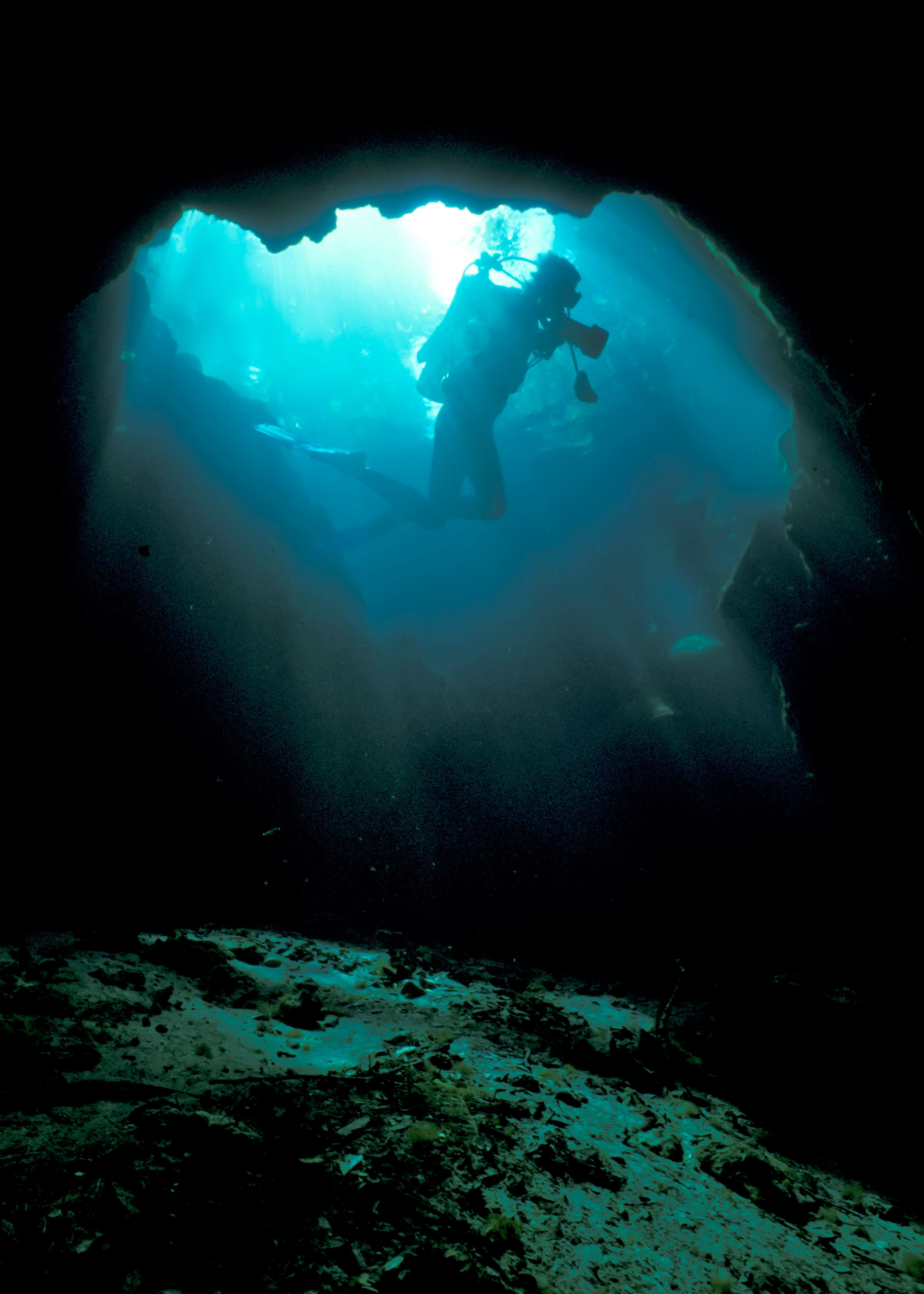
Between Omega unveiling the Marine and the arrival of that very first Seamaster, another dive model was created – not by a watch company, but by an Italian maker of optical instruments for the military. The firm was called Panerai and it produced its first Radiomir dive watch for naval use in 1938. It combined a hefty, 47mm diameter Rolex pocket watch case with a 17-jewel Rolex movement, wire strap lugs and a Perspex crystal, beneath which (in its fully developed form) was Panerai’s ingenious ‘sandwich’ dial. This comprised a base coated with radioactive Radimoir material topped with a disc featuring cut-out markers that allowed the luminous substance to shine through in murky, underwater conditions.
Panerai’s dive watch production began to peter-out after the war, finally coming to an end in the early 1950s before being revived more than 40 years later. Luxury goods giant Richemont acquired the name in 1997, capitalised on its remarkable military history and developed it into a blue-chip luxury brand – which still makes dive watches that closely resemble the originals but are considerably more ‘fit for purpose’.
Indeed, despite diving being a hobby indulged in by a relatively minuscule proportion of the population (U.S. diving research organisation Dive Lab says no more than 0.4 per cent of the population can be regarded as regular participants) dive models make up one of the most popular of all watch categories.
But what is a dive watch? Officially speaking, it needs to meet ISO standard 6425 which involves passing a series of stringent tests for water, shock and corrosion resistance as well as anti-magnetism and stability under a range of temperatures. It also needs to have a uni-directional turning bezel (for timing dives), an appropriately legible dial and, in the case of models intended for deep water use, a helium release valve.
Despite all this, there are relatively few, truly high-tech mechanical dive watches on the market – one exception to that rule being Richard Mille’s £100,000 RM 028 – but there are many vintage-look models that are entirely up to being used for sport diving (or for coping with the occasional rigours of being onboard a boat).

The fact is, dive watches designed during the 1960s and ‘70s look as darned cool today as they did back then, and the fact that new ones also benefit from modern manufacturing methods makes them more appealing than ever.
But they are not only for show. While most serious divers wouldn’t consider venturing into the deep without a state-of-the-art, dive computer on their right wrist, there are plenty who are equally insistent on having a good, old-fashioned clockwork back-up on the other. And the fact that they add a touch of retro style just makes them all the more desirable.
J Craft owners, in particular, appear to appreciate the cross-over between the high-end craftsmanship that goes into building a model such as the Torpedo and that which goes into the construction of a high-end dive watch.
While both take advantage of the latest in modern technology, the heart, soul and traditional appearance that makes each object so appealing is the result of hand-made expertise and techniques that have been passed down through the decades, if not the centuries.

In the case of a Torpedo, for example, the result is a combination of extreme beauty, optimum performance and high efficiency – the result of an approach to ‘form and function’ that also plays a major part in the design and creation of a dive watch which, as well as being capable of withstanding the rigours of the sea, must also be aesthetically appealing.
That close relationship between the meticulous construction methods employed by J Craft and those needed to make a top quality diving watch has even resulted in some owners of the former commissioning makers such as Breitling and Panerai to create bespoke clocks for the dashboards of their boats.
This is only possible because of J Craft’s ‘tailor made’ ethos, which allows each individual owner to build the Torpedo of their dreams by choosing everything from the colour of the hull, to the deck plan, and from the powertrain to the luggage they take aboard. And it wouldn’t be unusual for owners to have their dive watches made to match.
TOP 10 DIVE WATCHES TO WEAR ON YOUR J CRAFT
1. Rolex Submariner
Probably the most successful high quality dive watch of all time. Modern versions look very similar to the original of 1953, but benefit from 70 years of mechanical evolution. From £7,700; rolex.com
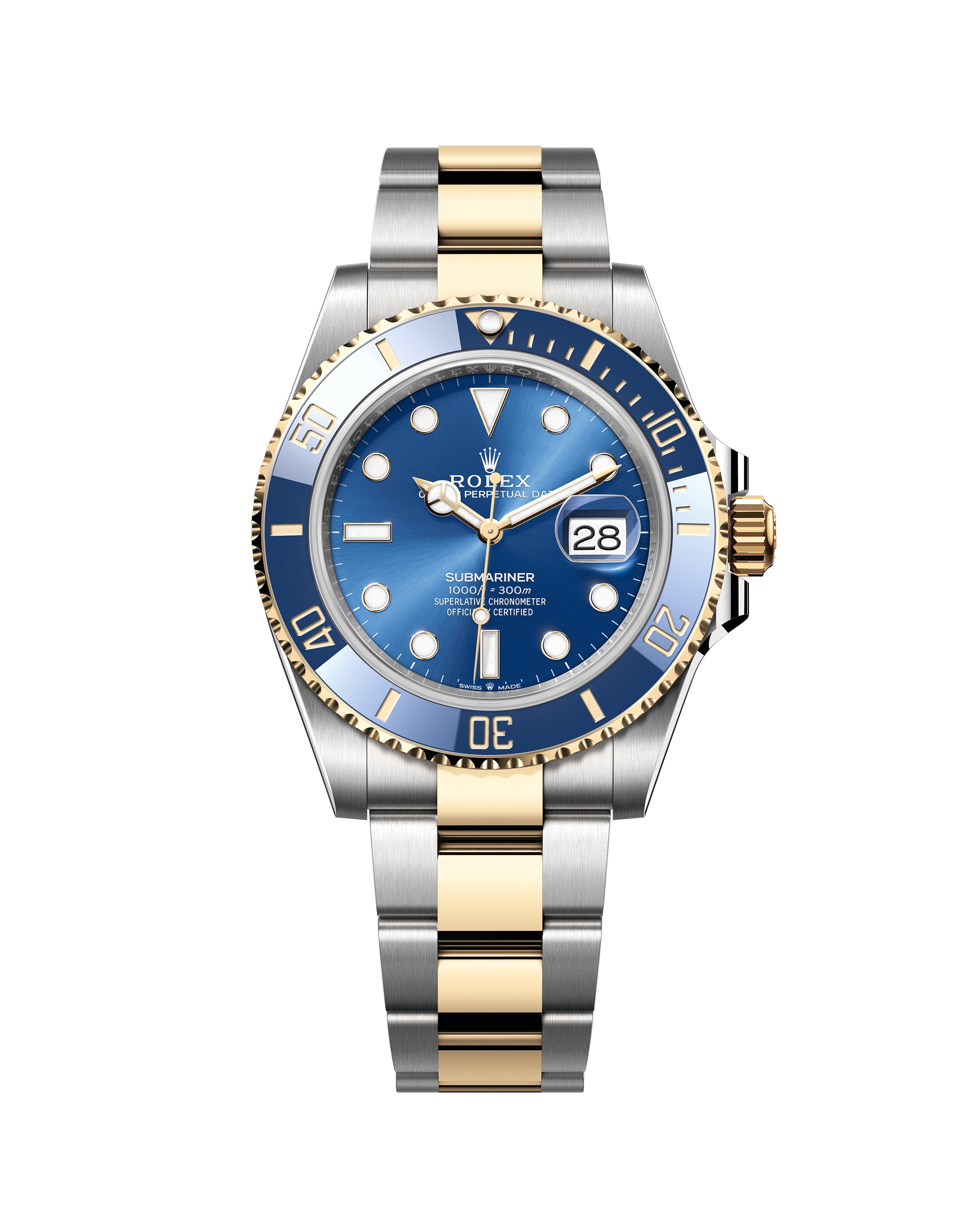
2. Blancpain 50 Fathoms Tech Gombessa
The only mechanical dive watch capable of measuring immersion times of up to three hours, thanks to a patented bezel system. The 47mm titanium watch also has a helium release valve. £24,700; blancpain.com

3. Panerai Radiomir Otto Giorni
Looking very like Panerai’s original Radiomir of 1938, this new version gets an eight-day, hand-wound movement and a case made from ‘Brunito eSteel’, a partly recycled steel that’s dark coated and randomly buffed. £8,800; Panerai.com
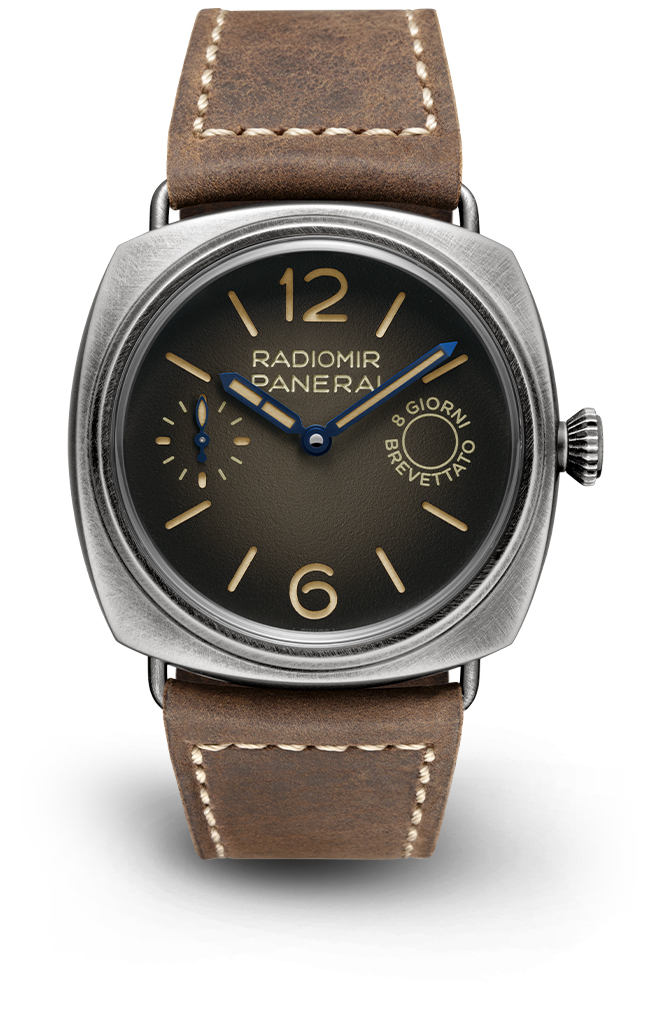
4. Tudor Black Bay
The modern re-make of the Submariner model made by Tudor (sister brand to Rolex) during the 1950s has proved to be a smash hit. Among the most popular is this red bezel version with ‘vintage’ dial markings. From £3,460; tudorwatch.com

5. Doxa SUB 1500T
One of the best-loved of all dive watches, the SUB debuted in 1967 and was considered so good that Jacques Cousteau applied for the rights to distribute it exclusively in the U.S. This modern version combines the look of the original with a depth rating of 1,500 metres. £2,390; doxawatches.com
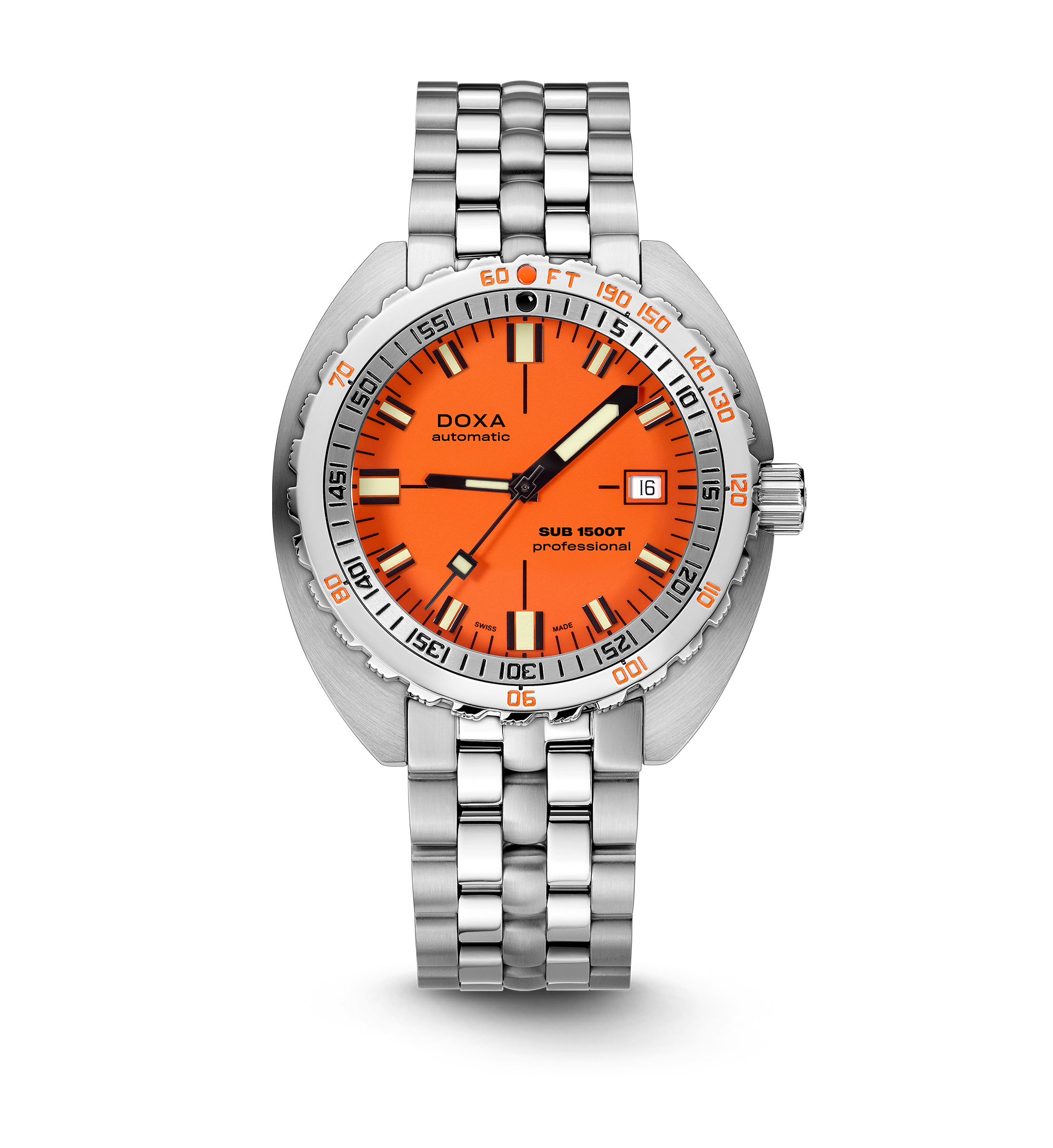
6. Richard Mille RM 028
Like all Richard Mille watches, the RM 028 dive model is a technical tour-de-force that combines. cutting-edge movement technology with high-tech materials such as titanium and ceramic. Approximately £100,000; Richardmille.com

7. Omega Seamaster Diver 300M
Make like Bond with the special 007 edition, which features a titanium case and bracelet and a fabulous retro dial. It’s not all show and no go, though: it features a helium escape valve, 300 metres water resistance and ‘Master Chronometer’ certification. £9,300; omega-watches.com
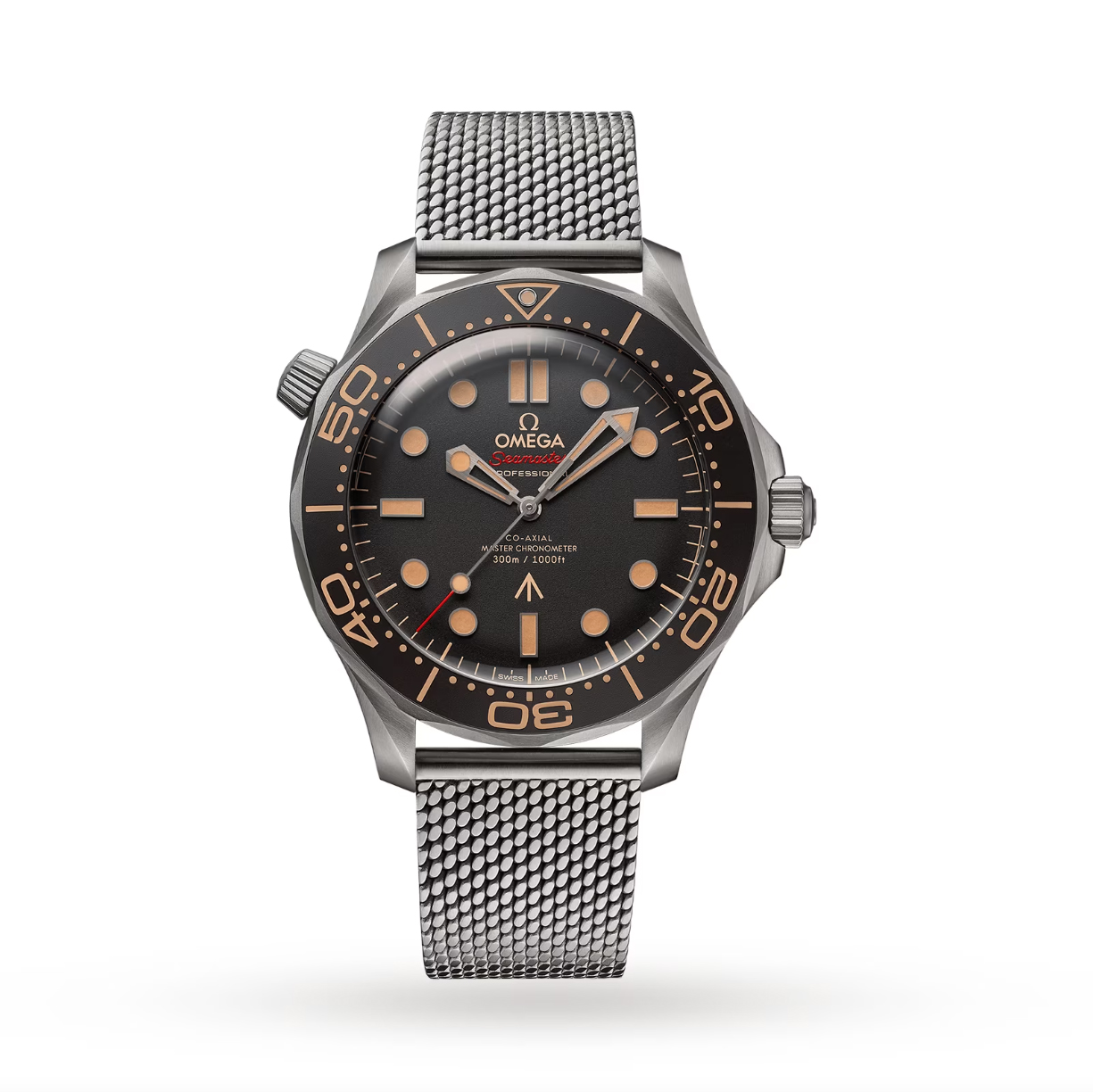
8. Grand Seiko Divers
Grand Seiko is the high-end sub-brand of Seiko that specialises in superb quality mechanical watches. The Diver model can be had with a conventional, clockwork movement of Seiko’s ingenious ‘Spring Drive’ that combines the best of mechanical and quartz. From £5,750; grandseiko.com
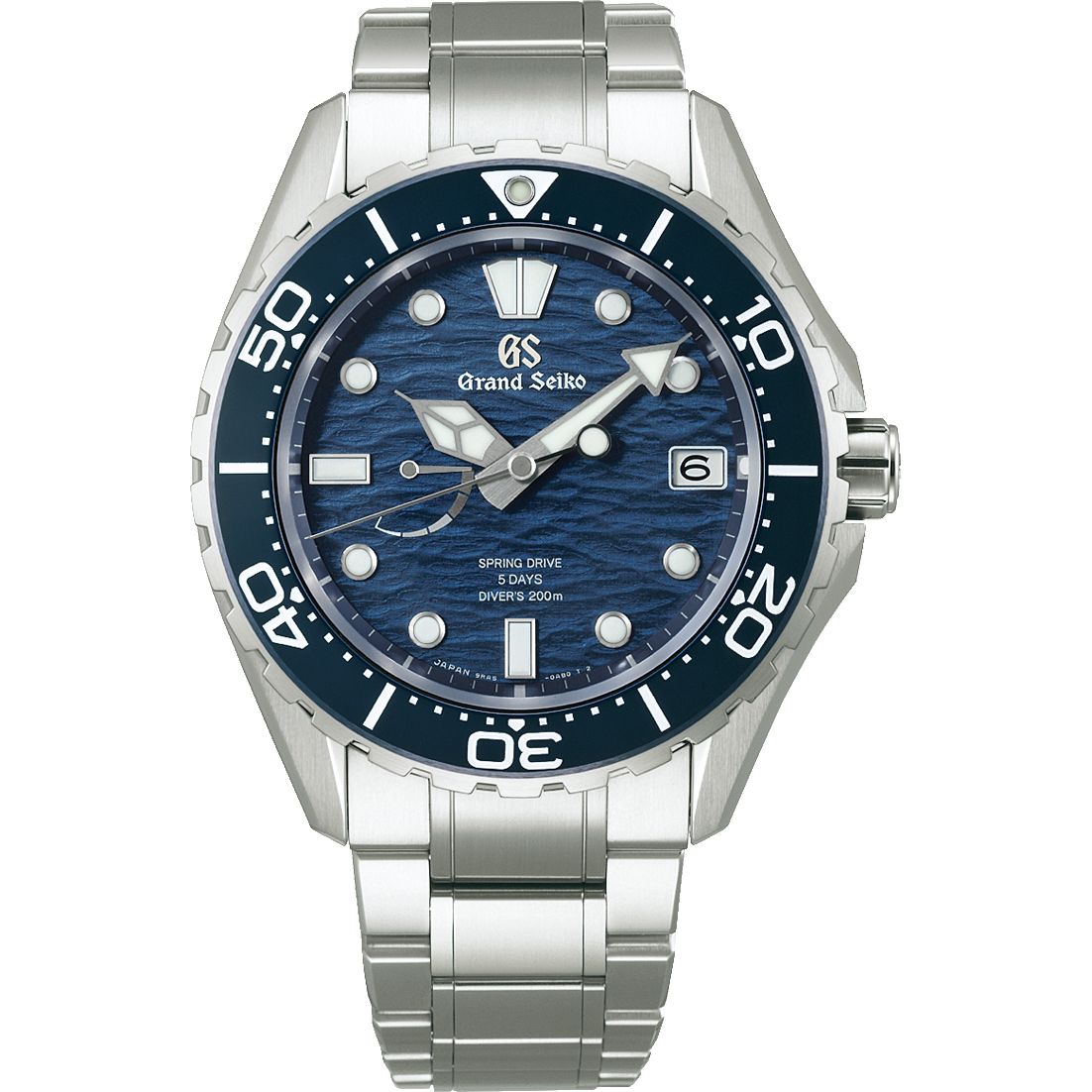
9. Breitling SuperOcean Heritage B20
This watch is directly inspired by the brand’s 1950s dive model but has been upgraded in every way to offer 200 metres of water resistance and a chronometer-certified, self-winding movement. £5,450 (bracelet version); breitling.com
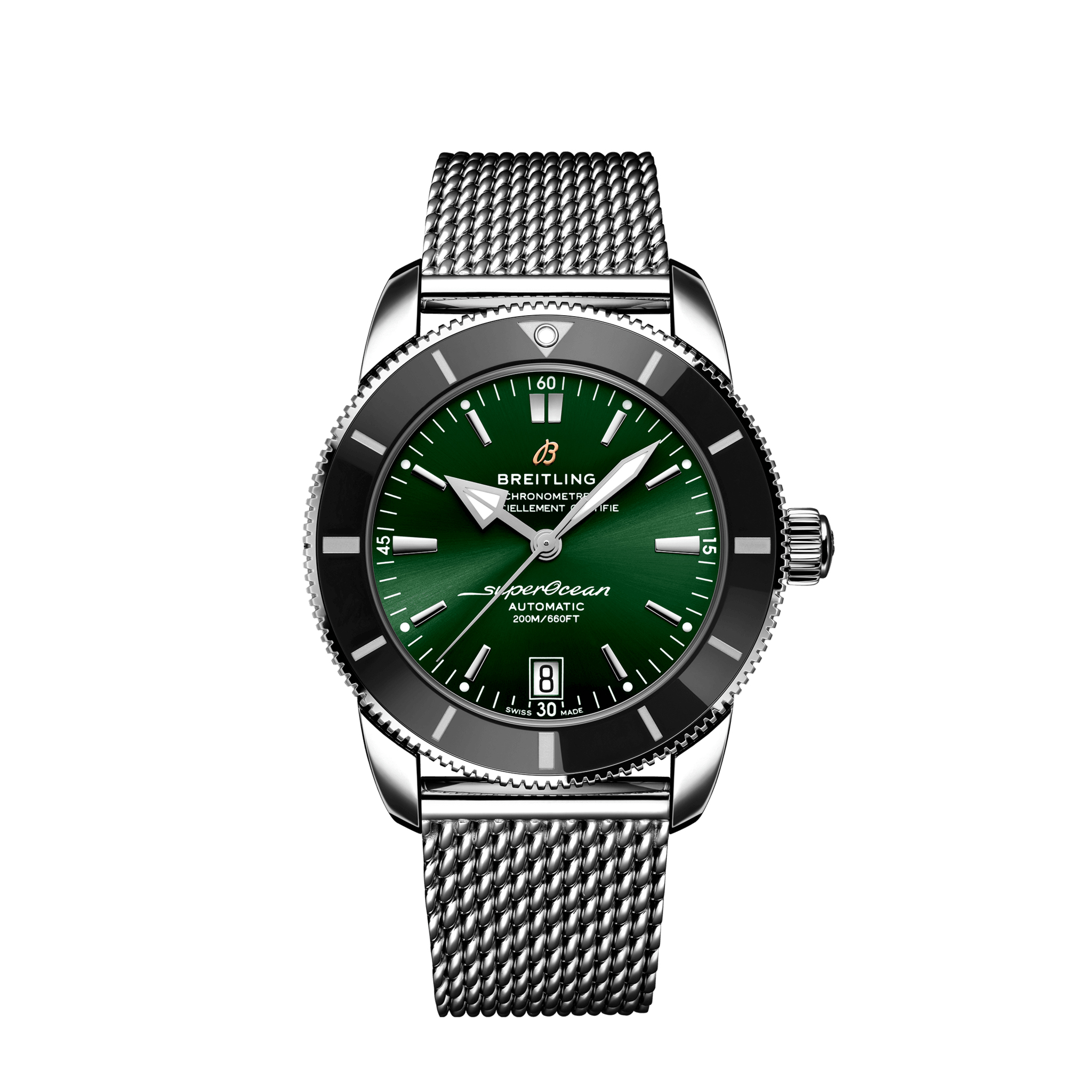
10. IWC Aquatimer Charles Darwin
This special edition of IWC’s Aquatimer dive watch pays tribute to the celebrated explorer and naturalist. Its bronze case is corrosion resistant and carries a portrait of Darwin on the back. £9,500; iwc.com

Simon de Burton is a journalist and author who writes for the FT’s How to Spend It, British GQ and Boat International, among others.